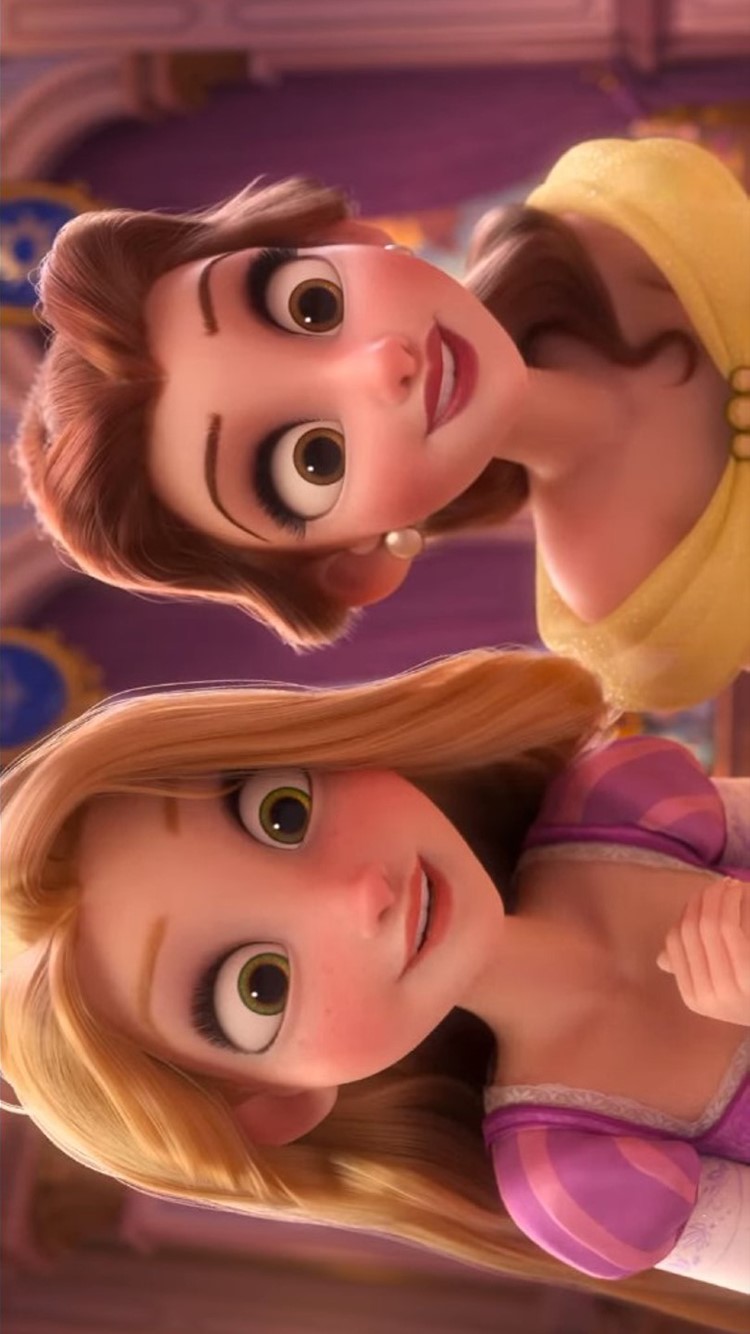GLO embedding
NeRF in the Wild
1 Introduction
First, we model per-image appearance variations such as exposure, lighting, weather, and post-processing in a learned low-dimensional latent space. Following the framework of Generative Latent Optimization [3], we optimize an appearance embedding for each input image, thereby granting NeRF-W the flexibility to explain away photometric and environmental variations between images by learning a shared appearance representation across the entire photo collection. The learned latent space provides control of the appearance of output renderings as illustrated in Figure 1,
